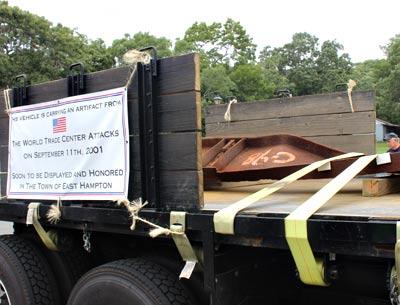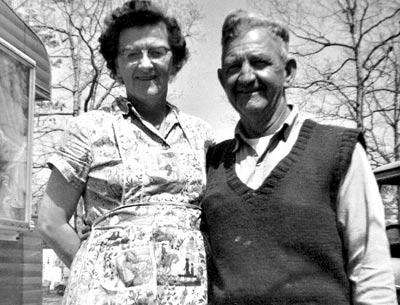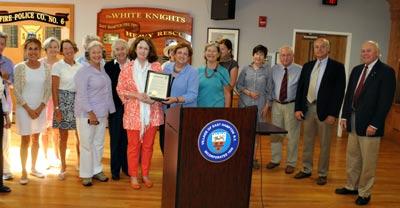Legion to Erect 9/11 Memorial
Legion to Erect 9/11 Memorial

An honor guard of motorcycles and police cruisers escorted a truck carrying a twisted 1,000-pound, 14-foot-long steel beam from the World Trade Center to the American Legion Hall in Amagansett on Aug. 13, in the culmination of a long effort to erect a 9/11 memorial there. For Tony Ganga, commander of the Sons of the American Legion Squadron 419, and for others involved in the planning, the artifact’s arrival was a cause for celebration.
In a brief ceremony following the artifact’s arrival, the Rev. Steve Howarth of the Amagansett Presbyterian Church offered a prayer and a member of the Eastern Long Island Pipes and Drums played “Amazing Grace.” In a speech, Mr. Ganga described the endless research and extended hurdles that had been required — and overcome. A letter to the editor from Mr. Ganga is in today’s paper.
The planning and design of the memorial has yet to get under way. Mr. Ganga said it would be a year or more before the memorial’s dedication, which he hopes will occur on the tragedy’s 15th anniversary. Mr. Ganga’s brother, Bob Ganga, said it would be important to “not rush into construction” and that the legion’s first concern was to raise enough money so the memorial could be taken care of in perpetuity.
Tony Ganga thanked his brother for countless emails and phone calls with the Port Authority. He also thanked Jim Grimes, Scott Snow, Matt Bennett, and Ken Brabant Jr. for having been vital to the process. Tom Milne, a retired lieutenant of the New York Fire Department, and East Hampton Town Councilman Fred Overton were also praised.
“We want to “show how East Hampton Town knows how to honor people that fell that day,” Bob Ganga said.



